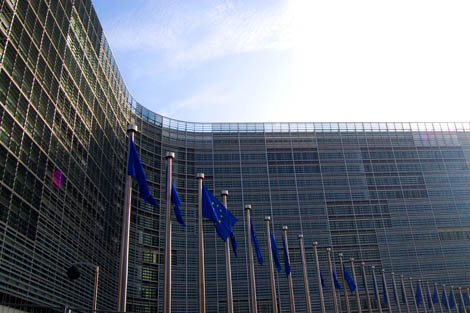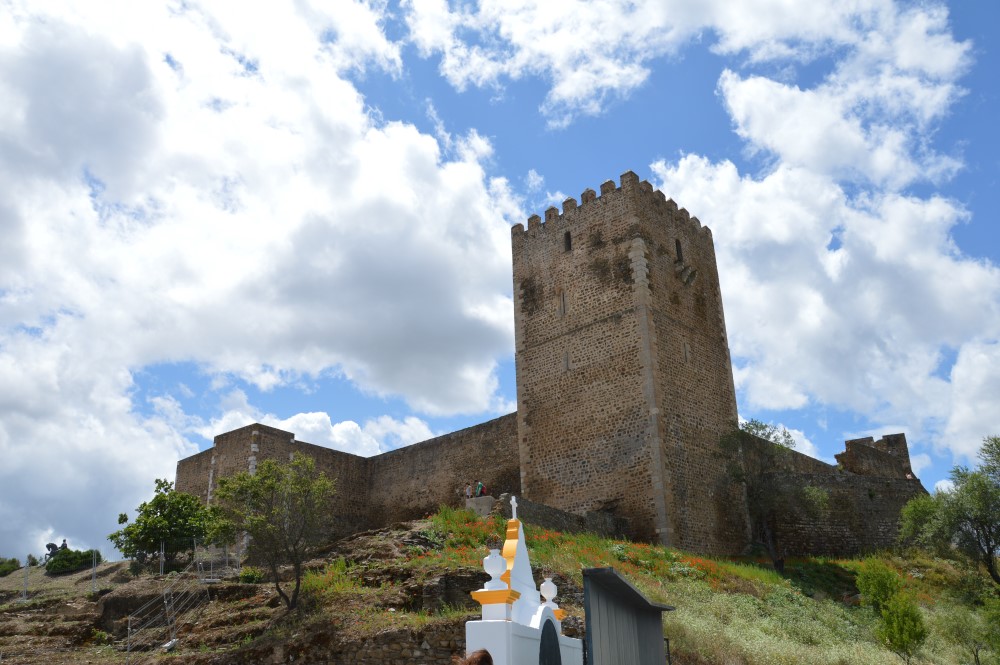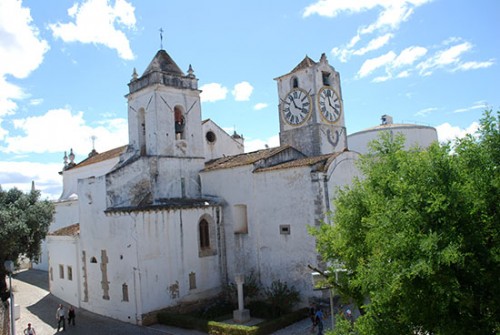 The European Commission presented this Tuesday a proposal to the European Parliament and the Council to designate 2018 as the European Year of Cultural Heritage.
The European Commission presented this Tuesday a proposal to the European Parliament and the Council to designate 2018 as the European Year of Cultural Heritage.
With this initiative, the Commission intends "to draw attention to the role of Europe's cultural heritage in promoting a shared sense of identity and history".
"From archaeological sites to architecture, from medieval castles to folk traditions and the arts, Europe's cultural heritage is at the heart of the collective memory and identity of European citizens", stresses the Commission.
The great national, regional and local diversity of the EU is a "unique catalyst for exchanges between people of all ages, social backgrounds and cultures", he adds.
At the local level, European cultural heritage offers 'strong potential in terms of promoting social cohesion and integration, through the regeneration of neglected areas, the creation of local jobs and the promotion of a shared sense of belonging'.
“The same happens at the European level, whenever Europeans and non-Europeans visit and learn something new about the Abbey of Cluny in France, the archives of the Crown of Aragon in Spain or the historic Polish shipyards in Gdańsk, just to give a few examples », explains the European Commission.
It is for this reason, and also because 'some of the world's cultural heritage treasures are currently threatened or are deliberately destroyed in conflict zones', that the Commission considers that cultural heritage 'deserves a European year in 2018'.
 The European Commissioner responsible for Education, Culture, Youth and Sport, Tibor Navracsics, declared: “our cultural heritage is more than the memory of our past; it is the key to our future. The European Year of Cultural Heritage will be an opportunity for us to emphasize the social and economic importance of cultural heritage and to promote European excellence in this sector. I appeal to Parliament and the Council to support our proposal and invite all interested parties to contribute to making this initiative a success'.
The European Commissioner responsible for Education, Culture, Youth and Sport, Tibor Navracsics, declared: “our cultural heritage is more than the memory of our past; it is the key to our future. The European Year of Cultural Heritage will be an opportunity for us to emphasize the social and economic importance of cultural heritage and to promote European excellence in this sector. I appeal to Parliament and the Council to support our proposal and invite all interested parties to contribute to making this initiative a success'.
Cultural heritage also plays an important economic role. The cultural heritage sector directly employs over 300 000 people in Europe and 7,8 million jobs are indirectly linked to cultural heritage, for example in the tourism and construction sector, and auxiliary services such as transport, and services interpretation, maintenance and security.
In 2011 alone, cultural heritage activities totaled €8,1 billion in France, generated by museums, places of interest, historic buildings and tourist attractions, libraries and archives.
In 2018, the Year of Cultural Heritage will be an occasion to “highlight the importance of European culture and to make known all that the EU is capable of doing in terms of conservation, computerization, infrastructure, research and skills development, to mention only some of the areas supported by EU funding programs such as Creative Europe, for example'.
 Events will be organized across Europe, as well as information, education and awareness campaigns.
Events will be organized across Europe, as well as information, education and awareness campaigns.
It will also be an opportunity to seek 'to respond to the challenges posed by a new framework of reducing public budgets in the cultural sector, declining number of participants in traditional cultural activities, environmental pressures on cultural heritage sites, changing the value chain and digital transformation'.
In line with the recent joint communication 'Towards an EU strategy for international cultural relations', it will promote the preservation of cultural heritage as a key element of the EU's external policies, looking for answers to the criminal destruction of cultural heritage in areas of conflict and against illicit trafficking in cultural artefacts.


















Comments